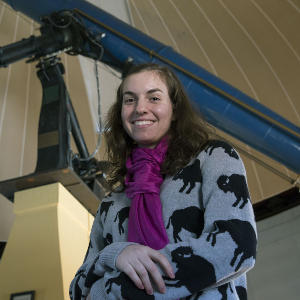1111 SOUTH FIGUEROA STREET LOS ANGELES CALIFORNIA 90015
Interstellar dust attenuates ultraviolet, optical and near-infrared light. Because the extent of this attenuation is wavelength-dependent, dust both dims and reddens the light of stars and galaxies before it can reach our telescopes. In many areas of astrophysics, an accurate correction for the effects of interstellar extinction and reddening is critical. Historically, the most widely used maps of dust have been two-dimensional, tracing integrated dust reddening out to infinite distance. Here, we describe three-dimensional maps of interstellar dust reddening, which trace dust reddening both as a function of angular position on the sky and distance. These dust maps are based on Pan-STARRS 1 photometry of 800 million stars, 2MASS photometry of 200 million stars, and Gaia parallaxes of 500 million stars.
To read about how to download the map, or how to query it remotely, read our usage notes. To explore our map in the browser, see our interactive query page. To read in detail about our map, read our published papers.
ARCA 交易所
Below, we show volume renderings of starlight attenuated by dust in the latest version of our map, moving a virtual camera through the Galaxy on different trajectories.
PUPPER LOGIN
Rising 1.5 kpc above and below the Galactic plane.
XTCLASSIC LOGIN
Below are some volume renderings of dust opacity in Bayestar15, the original version of our 3D dust map.
ENRX EXCHANGE
The following videos show cumulative reddening out to increasing distances, in select regions of the sky. Each frame shows a different statistical realization of the map, so that the noise in each pixel shows the uncertainty in reddening. The graticules show Galactic longitude and latitude.
DYNEX EXCHANGES

The above videos of Milky Way dust by Gregory M. Green are licensed under a Creative Commons Attribution-ShareAlike 4.0 International License.




